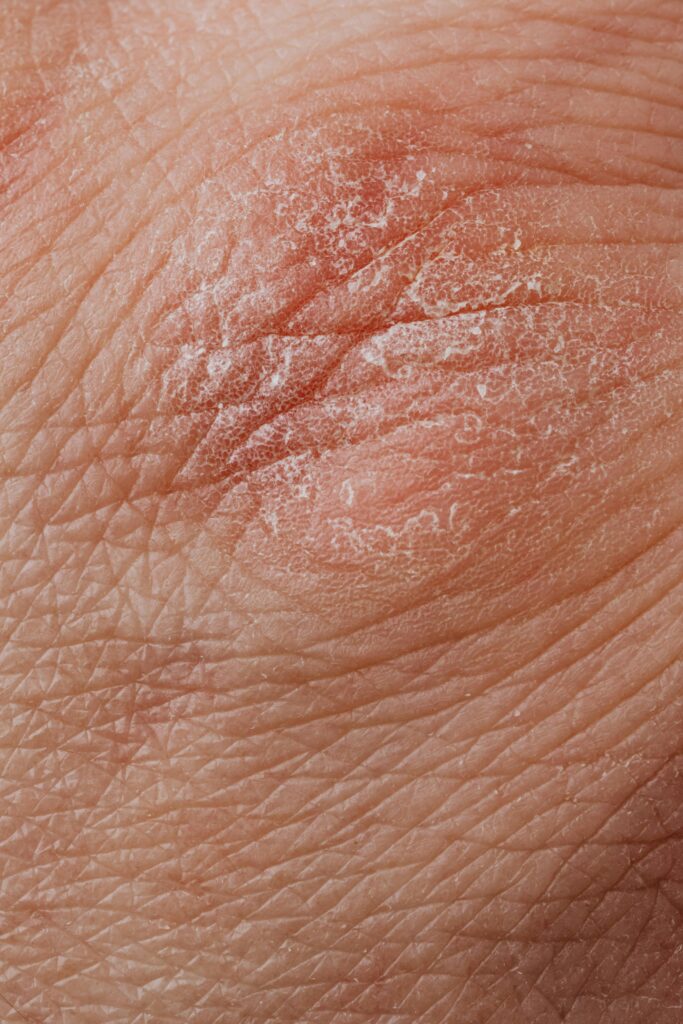TROJAN Ultra Thin Condoms For Ultra Sensitivity, Lubricated Condoms for Men, America’s Number One Condom, 36 Count Value Pack
$15.47 (as of May 18, 2024 12:13 GMT +00:00 - More infoProduct prices and availability are accurate as of the date/time indicated and are subject to change. Any price and availability information displayed on [relevant Amazon Site(s), as applicable] at the time of purchase will apply to the purchase of this product.)#LubeLife Ultra Thick Slick Silicone-Based Lubricant, Water Resistant, Thick Silicone Lube for Men, Women and Couples, 8 Fl Oz
$12.99 (as of May 18, 2024 12:13 GMT +00:00 - More infoProduct prices and availability are accurate as of the date/time indicated and are subject to change. Any price and availability information displayed on [relevant Amazon Site(s), as applicable] at the time of purchase will apply to the purchase of this product.)HIQILI 1 Fl Oz Jasmine Essential Oil, 100% Pure Natural for Diffuser, Hair, Skin, Perfume Making - 30ml
$7.99 (as of May 18, 2024 12:13 GMT +00:00 - More infoProduct prices and availability are accurate as of the date/time indicated and are subject to change. Any price and availability information displayed on [relevant Amazon Site(s), as applicable] at the time of purchase will apply to the purchase of this product.)According to studies by the CDC, STDs are a significant issue for young people, with a high rate of infection and reinfection. The most common STD is HPV, which has both high-risk strains linked to cervical cancer and low-risk strains that can cause genital warts. However, the HPV vaccine, Gardisil, is available for ages 9 to 26 and can prevent certain strains of the virus. Other common STDs include chlamydia, gonorrhea, trichomonas, and herpes, which can all have serious consequences if left untreated. However, with education, condom use, and reducing the number of sexual partners, the transmission of STDs can be prevented. It’s important for young people to be informed and take necessary precautions to protect their health. You can find more information about this topic in my video, “Straight Talk about Sexually Transmitted Diseases – Leena Nathan, MD | UCLAMDChat,” where I discuss the causes, diagnoses, treatments, and prevention of STDs, as well as important issues concerning minors such as consent and legal reporting. Remember, it’s always best to seek medical care and have open discussions with trusted adults about these matters. Stay informed and stay safe!
Sexually Transmitted Diseases: A Growing Concern
Sexually transmitted diseases (STDs) are a significant issue for young people, with a high rate of infection and reinfection. According to studies by the CDC, almost half of the 19 million incidents of STDs per year occur in the ages 15 to 24. This makes it critical for young people to be aware of the risks and take steps to protect themselves. In this comprehensive article, we will explore the most common STDs, their impact on public health, and the steps that can be taken to prevent their spread and transmission.

Human Papillomavirus (HPV): The Most Common STD
HPV is the most common sexually transmitted disease, affecting both women and men. It is caused by the human papillomavirus, a group of viruses with various strains. There are high-risk strains of HPV, such as 16, 18, 31, and 33, which are linked to cervical cancer. On the other hand, there are low-risk strains, including 6 and 11, which cause genital warts.
Cervical cancer is a serious health concern, particularly for women. Regular screenings for cervical changes, such as pap smears, can help in early detection and treatment. It is important to note that young people under the age of 21 usually do not require pap smears, as the majority of HPV infections clear up on their own.
To protect against certain strains of HPV, a vaccine called Gardasil is available for ages 9 to 26. Gardasil provides protection against strains 6, 11, 16, and 18, reducing the risk of both genital warts and cervical cancer. However, it is essential to remember that the HPV vaccine does not protect against all strains of the virus, so safe sexual practices, including condom use, should still be practiced.
Chlamydia: The Common Bacterial STD
Chlamydia is the most common bacterial sexually transmitted disease. It is frequently asymptomatic, meaning that many individuals may not be aware they are infected. This makes regular screenings and education about the risks of utmost importance.
For women, an untreated chlamydia infection can lead to serious complications, including pelvic inflammatory disease (PID) and infertility. Men can experience urethritis, epididymitis, or prostatitis as a result of chlamydia.
Diagnosis of chlamydia can be done through physical exams and swabs of the cervix or urine tests for men. Treatment options include antibiotics, such as azithromycin or doxycycline, which are taken orally.
Prevention strategies for chlamydia include education, condom use, and reducing the number of sexual partners. Education about safe sexual practices and regular screenings can help in preventing the spread of chlamydia and protecting individuals from long-term complications.
Gonorrhea: A Common Bacterial Infection
Gonorrhea is the second most common bacterial sexually transmitted disease. It can cause various infections in both men and women. Similar to chlamydia, women may be asymptomatic, while men usually experience symptoms such as discharge from the penis.
Diagnostic procedures for gonorrhea include physical exams and swabs of the affected areas. Testing is essential for early detection and treatment. Depending on the severity of the infection, treatment may involve antibiotics.
Preventive measures play a crucial role in controlling the transmission of gonorrhea. Education about safe sexual practices, including condom use, can help reduce the risk of infection. Reducing the number of sexual partners is also recommended.
Herpes Simplex Virus (HSV) and Genital Herpes
Genital herpes is caused by the herpes simplex virus (HSV). It is a permanent infection with recurrent painful ulcers. One of the challenges with genital herpes is that transmission can occur even without visible symptoms. This makes it essential for individuals to be aware of their infection status and practice safe sexual behaviors.
The diagnosis of genital herpes is done through a viral culture of the ulcer. Antiviral treatment is available to help manage symptoms and reduce the frequency of outbreaks. However, it is important to note that there is no cure for the virus itself.
For females, genital herpes can pose additional risks during pregnancy. There is a possibility of transmission to the baby, which can be dangerous. As a preventive measure, prophylactic antibiotics are often given to reduce the risk of transmission during pregnancy.

Human Immunodeficiency Virus (HIV): Understanding the Basics
HIV is caused by a virus that attacks the immune system. If left untreated, it can progress to AIDS, which is a late-stage HIV infection with a low T-cell count. HIV is primarily transmitted through sexual contact, sharing needles, or from mother to child during pregnancy.
Diagnosis of HIV is done through blood testing. Early detection is crucial for initiating treatment and managing the virus effectively. Preventive measures for HIV include condom use and treating a partner known to have HIV.
Mother-to-child transmission during pregnancy is a concerning aspect of HIV. However, with proper medical care, including antiretroviral therapy, the risk of transmission can be significantly reduced. It is important for pregnant individuals living with HIV to receive comprehensive care and support.
Syphilis: A Complex Bacterial Infection
Syphilis is a bacterial infection caused by the spirochete bacterium Treponema pallidum. It progresses through different stages, each with unique symptoms. Early symptoms include genital sores or chancres, while later stages may involve rashes and other systemic symptoms.
Diagnosis of syphilis is typically done through blood tests. Treatment involves penicillin shots or antibiotics like doxycycline, depending on the stage and severity of the infection.
Prevention strategies for syphilis include education, condom use, and limiting the number of sexual partners. Regular screenings and early treatment are crucial in preventing the progression of the disease and potential complications.

Talking to Children About STDs: Ensuring Awareness
Open discussions about sexually transmitted diseases are crucial for ensuring awareness among young people. It is important to approach these conversations with sensitivity and provide accurate information. Effective communication approaches can include being non-judgmental, listening actively, and using age-appropriate language.
Addressing age-appropriate concerns is essential when discussing STDs with children. It is important to provide information that is suitable for their understanding and to clarify any misconceptions they may have.
Encouraging safe sexual practices and prevention methods should be a key focus when discussing STDs with children. Emphasizing the importance of using condoms, practicing abstinence, and getting regularly tested can help them make informed decisions about their sexual health.
Testing and Screening: Key Steps for STD Prevention
Testing for sexually transmitted diseases is a vital component of prevention. There are various locations where STD testing can be done, including a pediatrician’s office, Planned Parenthood clinics, or free clinics. It is important to seek regular testing, especially when changing sexual partners.
Promoting routine testing as part of overall healthcare is essential. Regular screenings can help detect STDs early and facilitate prompt treatment, reducing the risk of complications and further transmission.

Conclusion
Sexually transmitted diseases are a growing concern, particularly among young people. It is important to prioritize STD awareness and prevention through regular testing, vaccination, and safe sexual practices. Open communication about sexual health plays a vital role in ensuring individuals have the information and resources they need to protect themselves and make informed decisions. By taking these steps, we can work towards reducing the prevalence and impact of sexually transmitted diseases in our communities.







